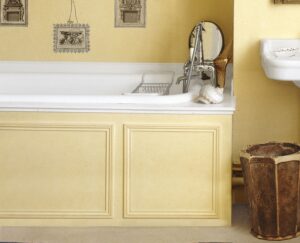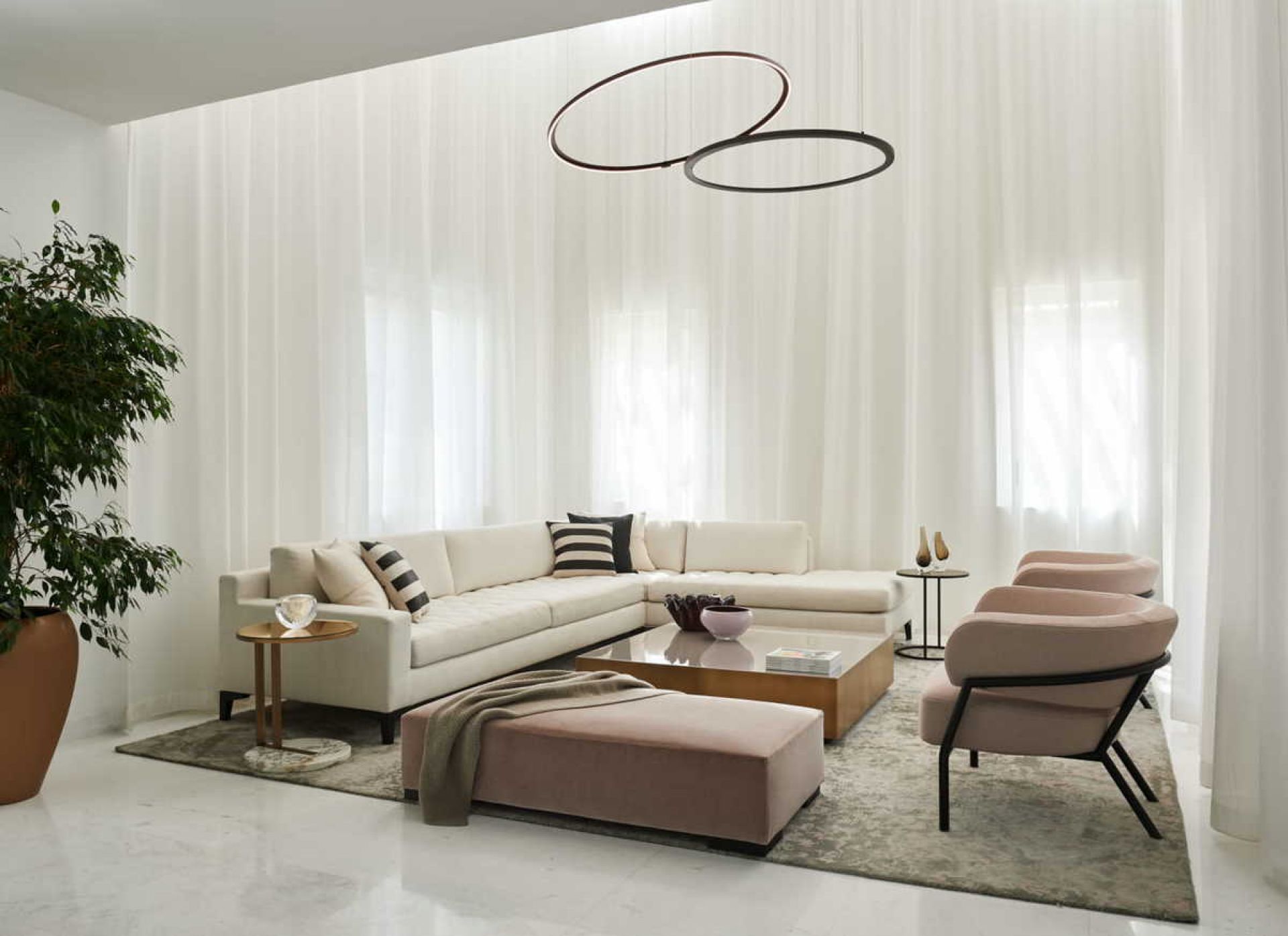
The best blind or curtain for each window depends on more than just the fabric or decorative style you want to accomplish; you also need to consider the window’s proportions, design, and kind.
The windows serve as our vantage points toward the street, allowing us to look out without being seen while expressing our preferences. To begin with, you must determine its size because understanding how to dress with huge windows is different from knowing how to dress with small windows.
Utilize a number of blinds that you can open or close on their own as needed. Remember that a front as long as this would be very difficult to control with a single colossal blind; instead, install many blinds that are no wider than 1.50m apiece. Additionally, you should use folding models since their rigidity when folded is best suited for larger-than-normal glass surfaces. Folding models are gathered using horizontal rods inserted between the fabric.
Prior to ordering your blinds, be sure to carefully calculate the measurements and select fabrics that are light in weight. Add 10 cm to the breadth of the window’s measurement for the side hems and 30 cm to the length to account for the wooden support.
How to Choose Curtains?
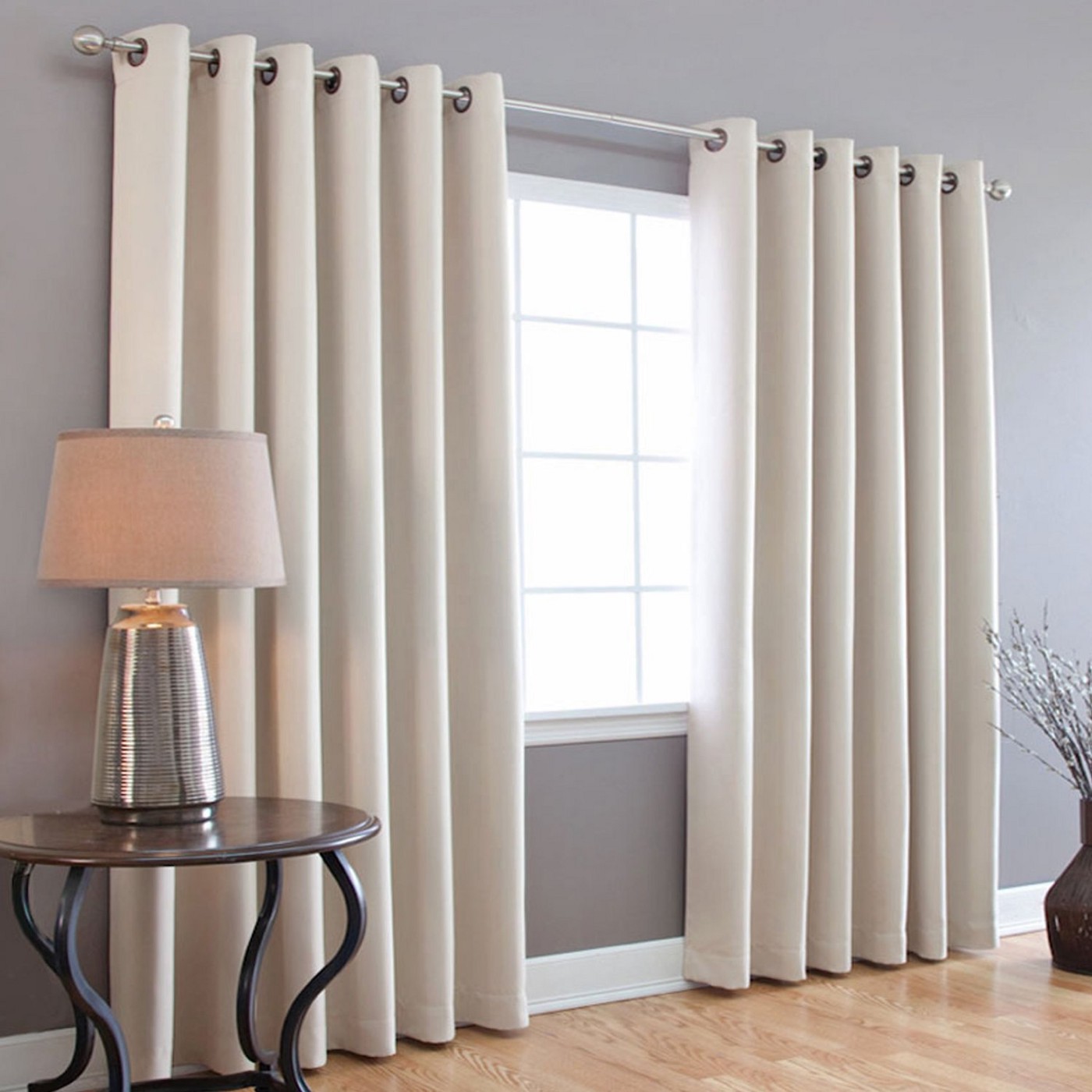
Combine a heavy curtain for privacy with linen blind for lightness and freshness. To ensure a proper drape, let the curtains dangle a few centimeters down the floor. This depends on the style of gathering and, most importantly, the number of meters of cloth employed. They are not only more stylish, but they also offer superior draught protection. The lining is another component that lends poise; it looks better if you select a contrasting fabric for it. These are the curtain hanging designs and techniques that are both attractive and useful.
The fabric used to make a curtain or blind is what mostly affects its effect. Before making a choice, ask the retailer for remnants of the fabrics you like best, and then prop them up near the window to see how they filter light and whether they go with the room’s design. It’s crucial to verify the fabric’s effect at night and under artificial light because it can change significantly.
What are The Types of Curtains?
You don’t have to give up blinds just because your windows are inward-opening. The only thing to keep in mind is that there needs to be enough space between the window’s upper frame and the roof for the windows to open easily when folded. This gap should be between 4 and 6 cm for pleated windows, 12–13 cm for roll-up windows, and 25–30 cm for foldable windows.
The screen is a cloth made of fiberglass or polyester thread that has been treated with PVC that insulates against heat but does not block light. It is perfect for producing vertical panels or blinds since it does not wrinkle. Its structure enables you to see the outside throughout the day without drawing attention to yourself. Because of its aesthetics and design, it goes well with modern furnishings and décor. Japanese panels are just one of the many options available for embellishing your ideal windows.
To create a warm atmosphere and conceal the hindrance that the radiator represents, radiator covers are used as decorative elements. Your circumstance can be problematic because the radiator frequently sticks out and keeps the drapes from draping all the way to the floor. An effective remedy for this issue is to conceal it with a radiator cover, which doubles as a useful shelf or to hang blinds or drapes up to the window sill. Hang some eye-catching drops that reach the ground from the sides. You can also use clamps to gather the curtains if you’d like.
1. Curtains with Thick Fabrics or Net Curtains
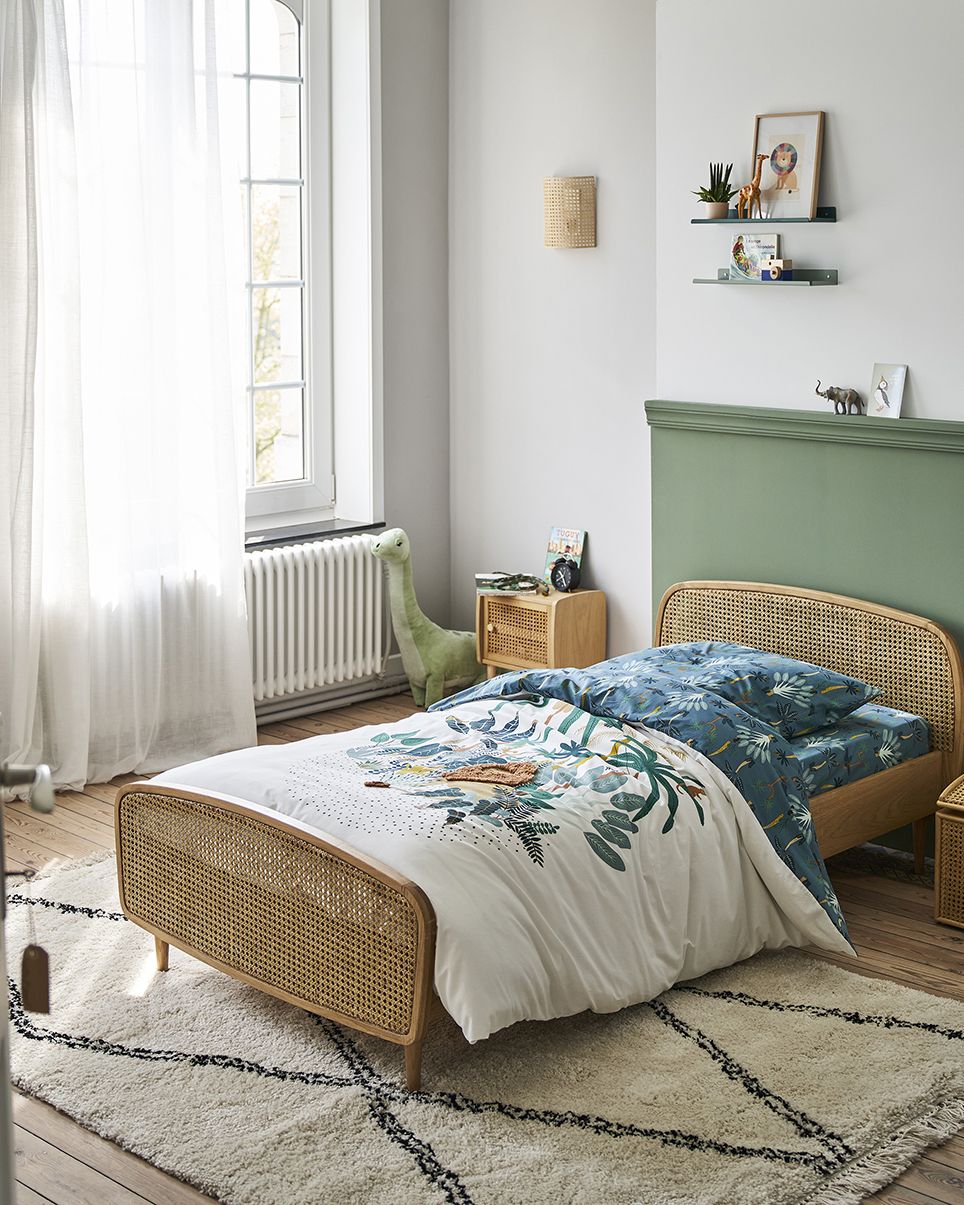
To add warmth, the interiors are enhanced with textiles. The curtains aid in changing the season’s color palette. When you have enormous windows like these, you can choose rich, weighty textiles, however as this atmosphere demonstrates, light curtains make a natural transition to the outside.
2. An Infallible Neutrality
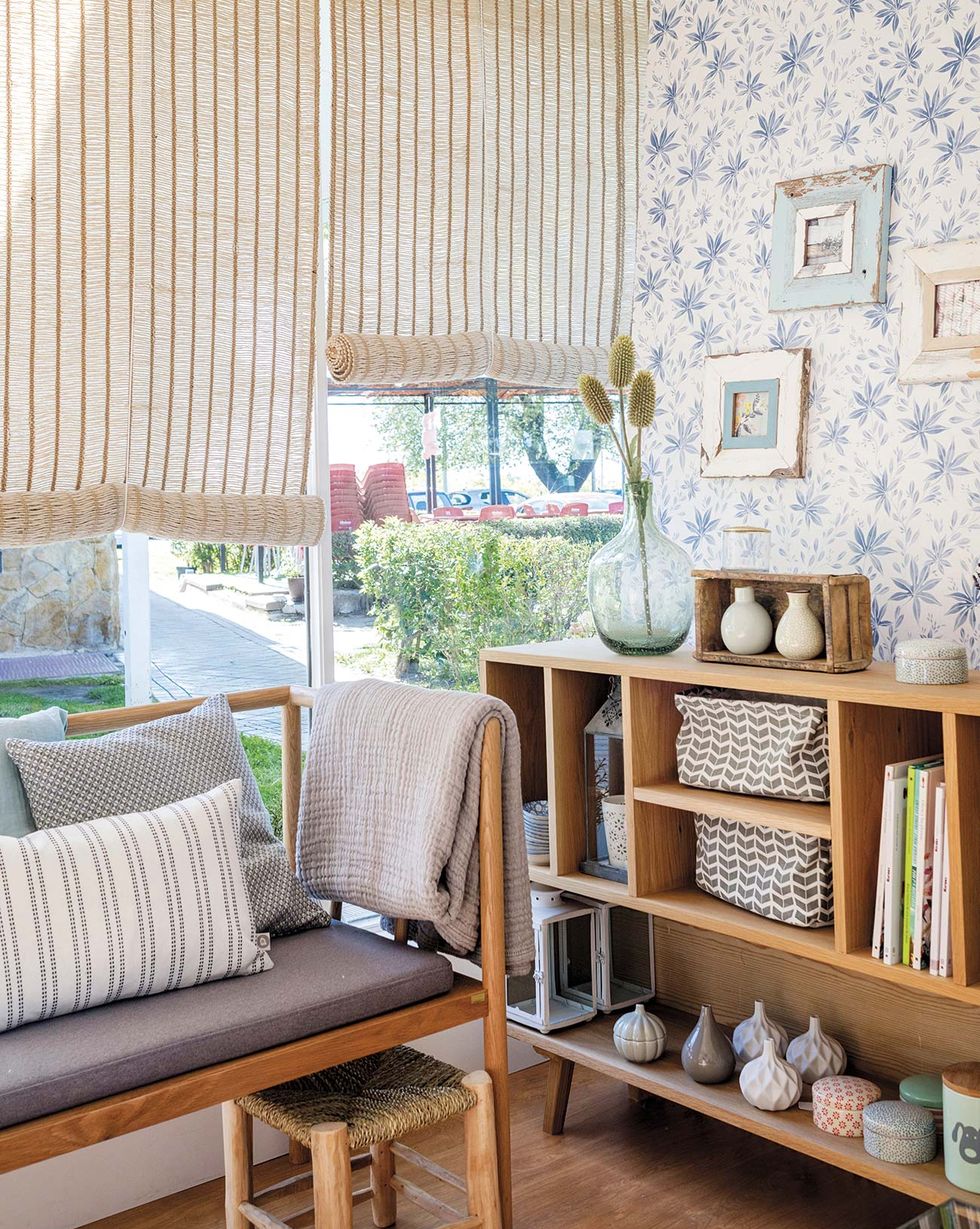
Natural fibers can be combined easily and match any proposed design scheme. Jute blinds are a safe choice in patterned paper-decorated rooms because of this. Deco & Living is where the ones in this room are from.
3. Pitched Roofs
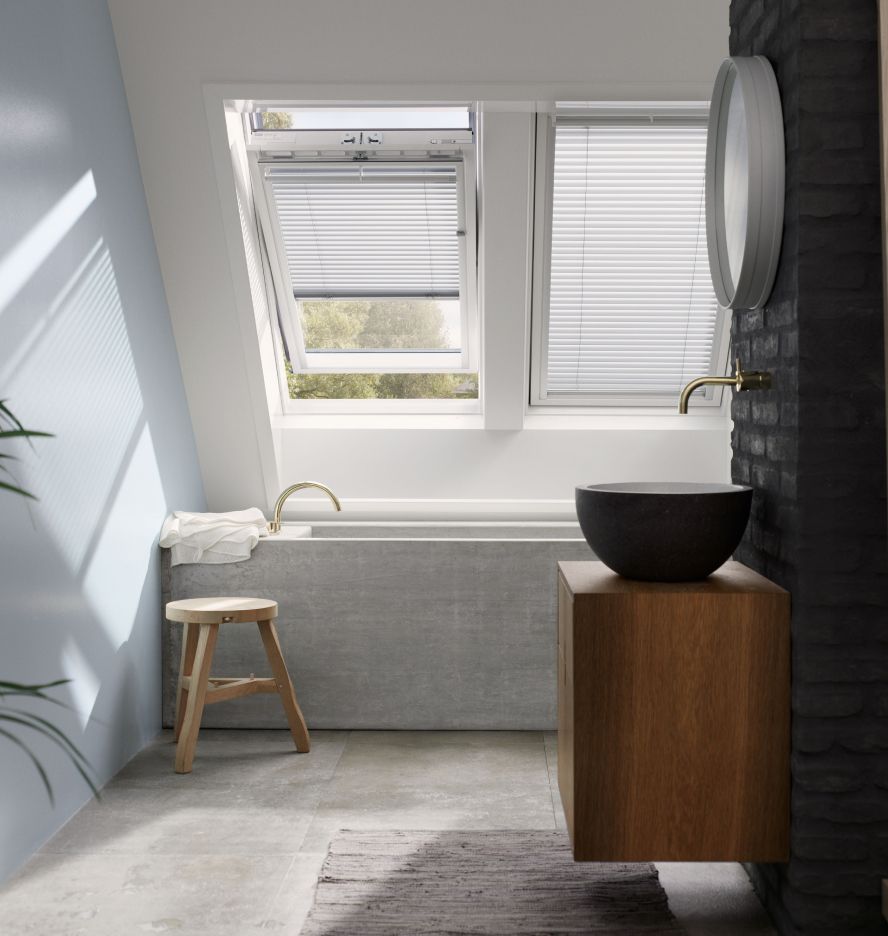
Venetian blinds offer privacy while letting in natural light. Just pull back the curtain or adjust the slats to take in the outside views. There is a unique control mechanism in this model.
4. Visual Richness
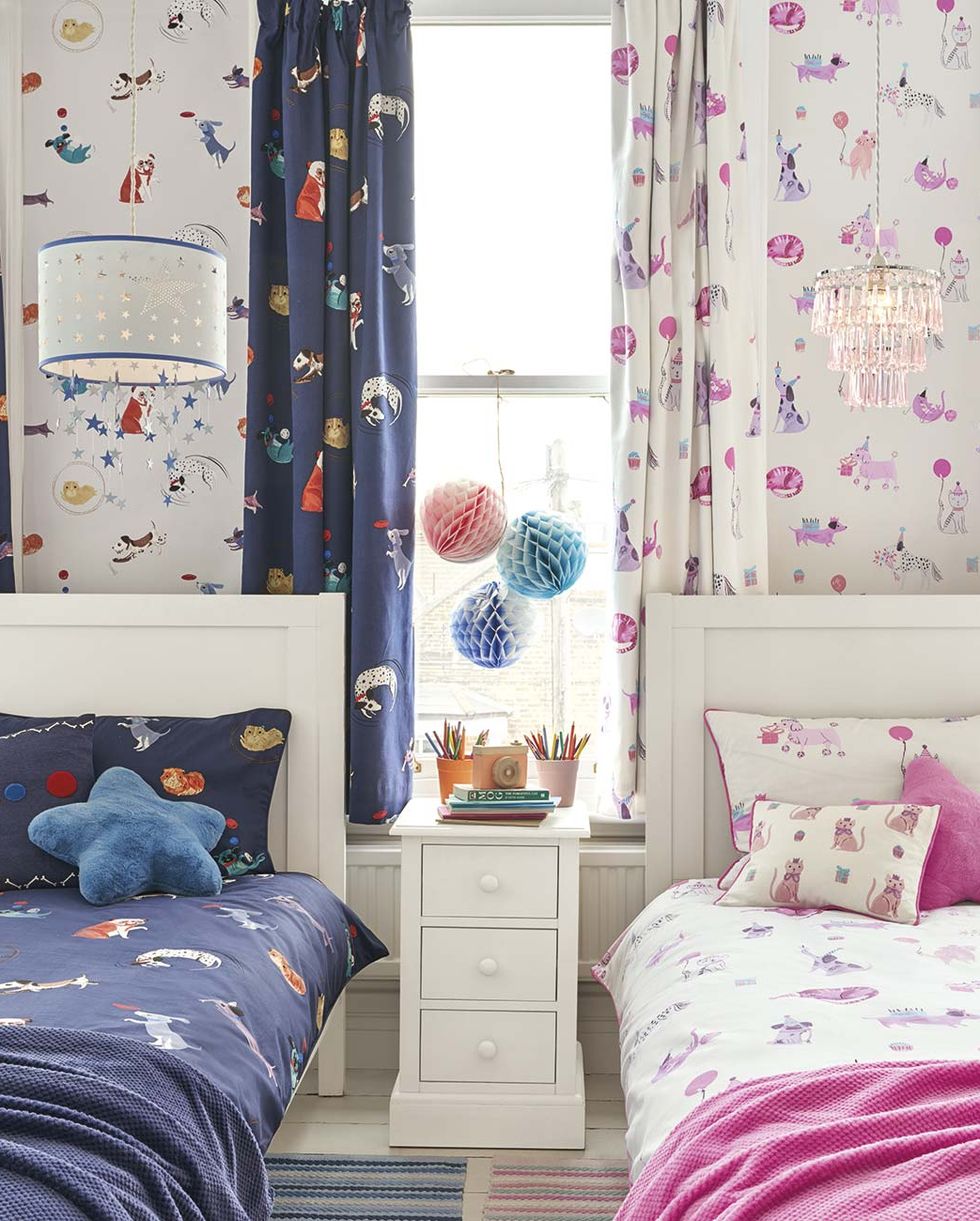
The decorative freedom in children’s rooms is greater than in other rooms. Take advantage of this and select the same pattern for your bedding, drapes, and wall décor. Play with two separate collections and lighten up with simple details to avoid a dull or monotonous outcome.
5. Mix, Without Reloading
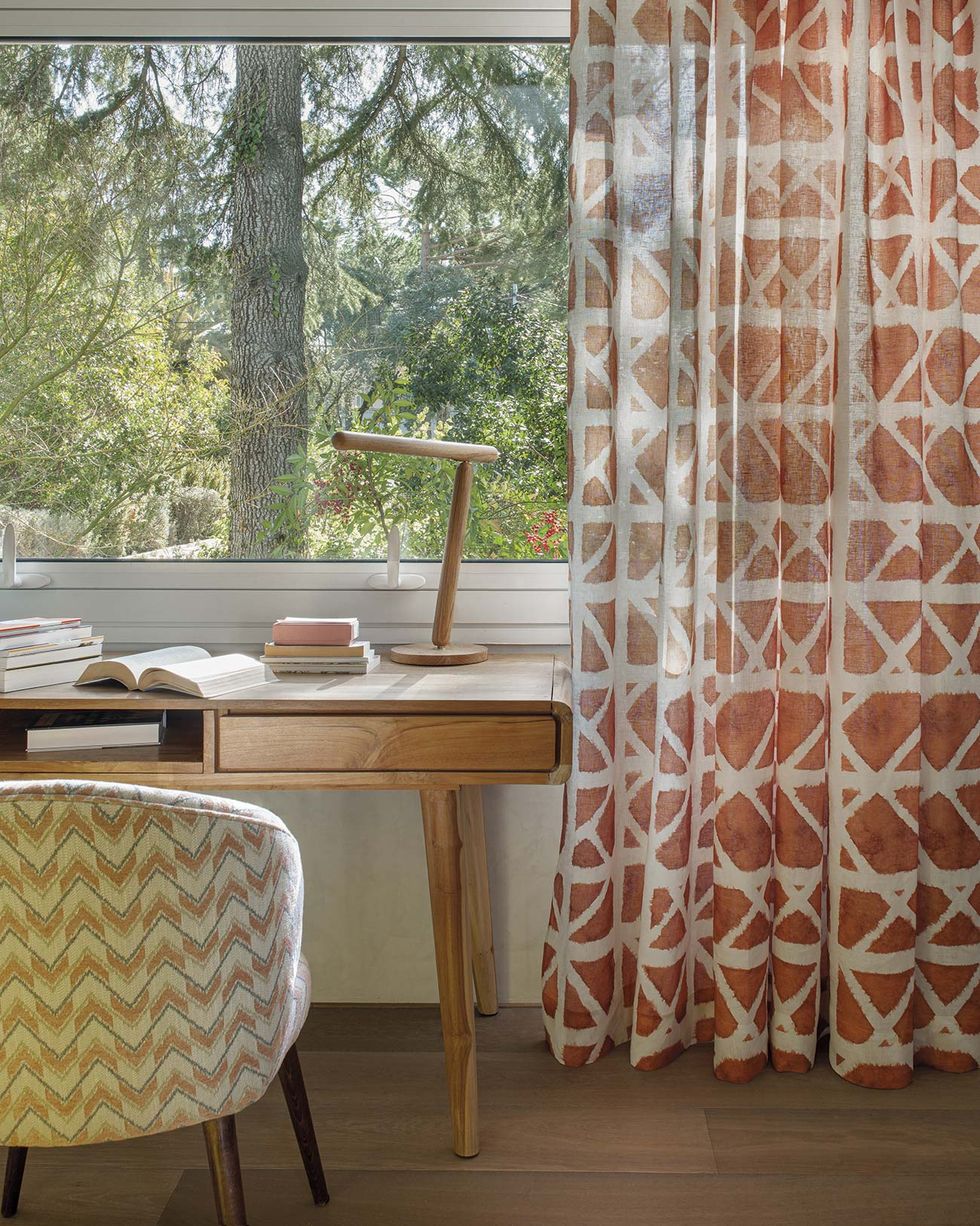
The motifs must be the same size or have a similar color palette in order to successfully mix the print of the curtains with other patterned materials in the space.
6. With Personality
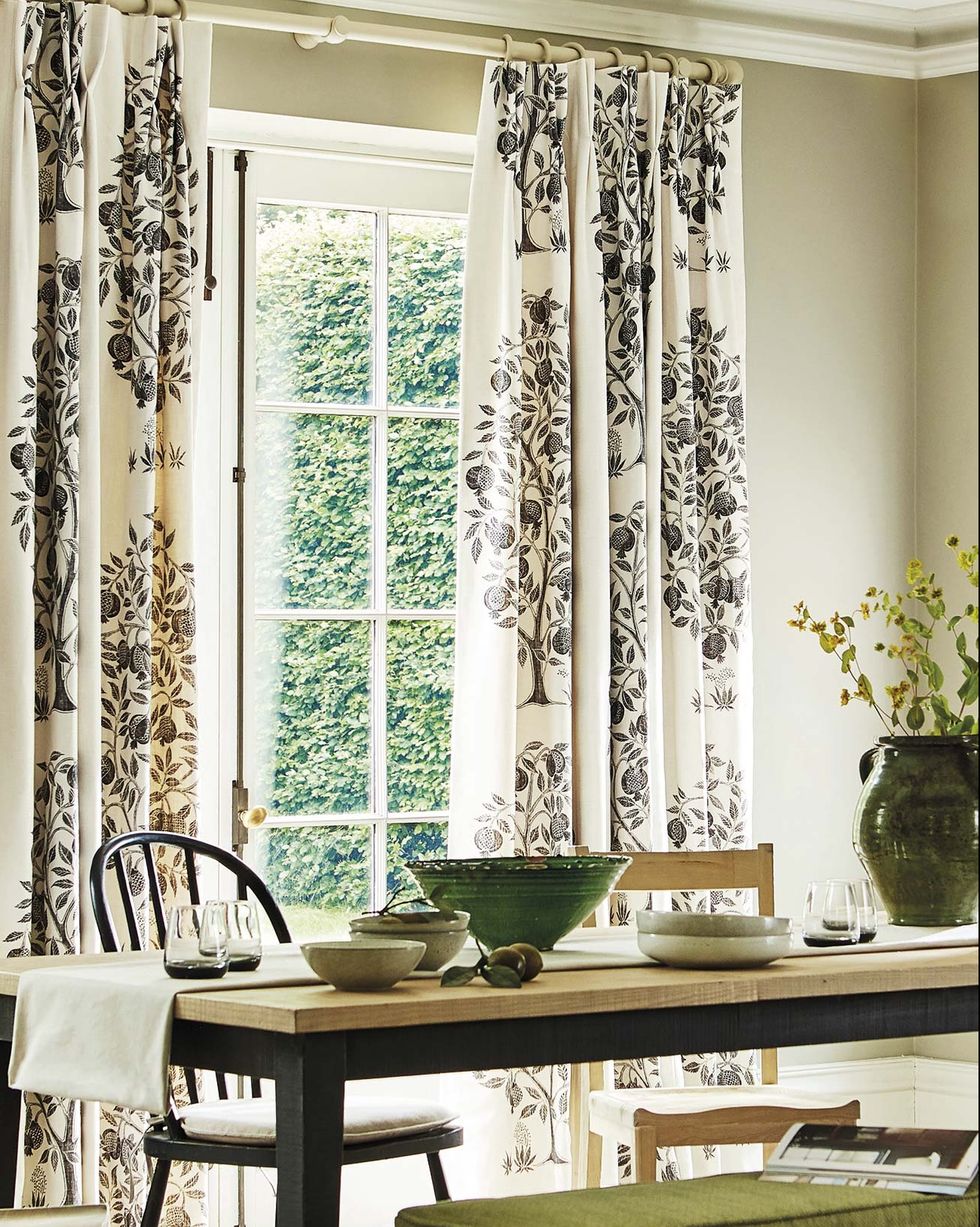
Choose a neutral-colored cloth with one-color designs to avoid the visual weight that comes with big prints. The Tree model is made of a viscose and linen combination.
7. Enhance a Gazebo
Combining two matching blinds is an inventive and lovely way to decorate a gazebo or gallery. It is a more modern substitute for the conventional curtain and net curtain combination, which also enables you to recreate exquisite settings. Getting the coordinates correct is crucial for this. Playing with the same color in two distinct shades, such as sand and chocolate, is a safe approach. Make sure the side that will be exposed to the outside is smooth, made of cotton or linen, and has a light tone that effectively blocks light.
8. Fake Appearances
It appears to be a gathered blind at first glance, but the illusion is actually the result of sewing two different textiles together. When we don’t want to give up lovely vistas or for spaces like the kitchen where the fabric is subject to spills and stains, this suggestion is the ideal option.
9. For Small Rooms
The ideal alternative under these circumstances is a single-blind made of sheer fabric, such as linen or cotton. Choose a packet kind to make it even lighter. These are extremely similar to folding ones, but because they lack rods, their folds are less rigid and tense. Place a gallery if you wish to conceal the fastening technique. This should be upholstered in a material that matches the blind and should be broader than the window by about 15 cm on each side.
10. Shutters
Choose to dress simply the glass in older homes with high ceilings and storm doors. Choose transparent, light-blocking curtains. Select a fabric with huge designs and bright colors that contrast and complement the carpentry to draw attention to the doors or windows. Fix it to the door’s upper frame and make sure that after it is up, it won’t obstruct the storm door from closing.



